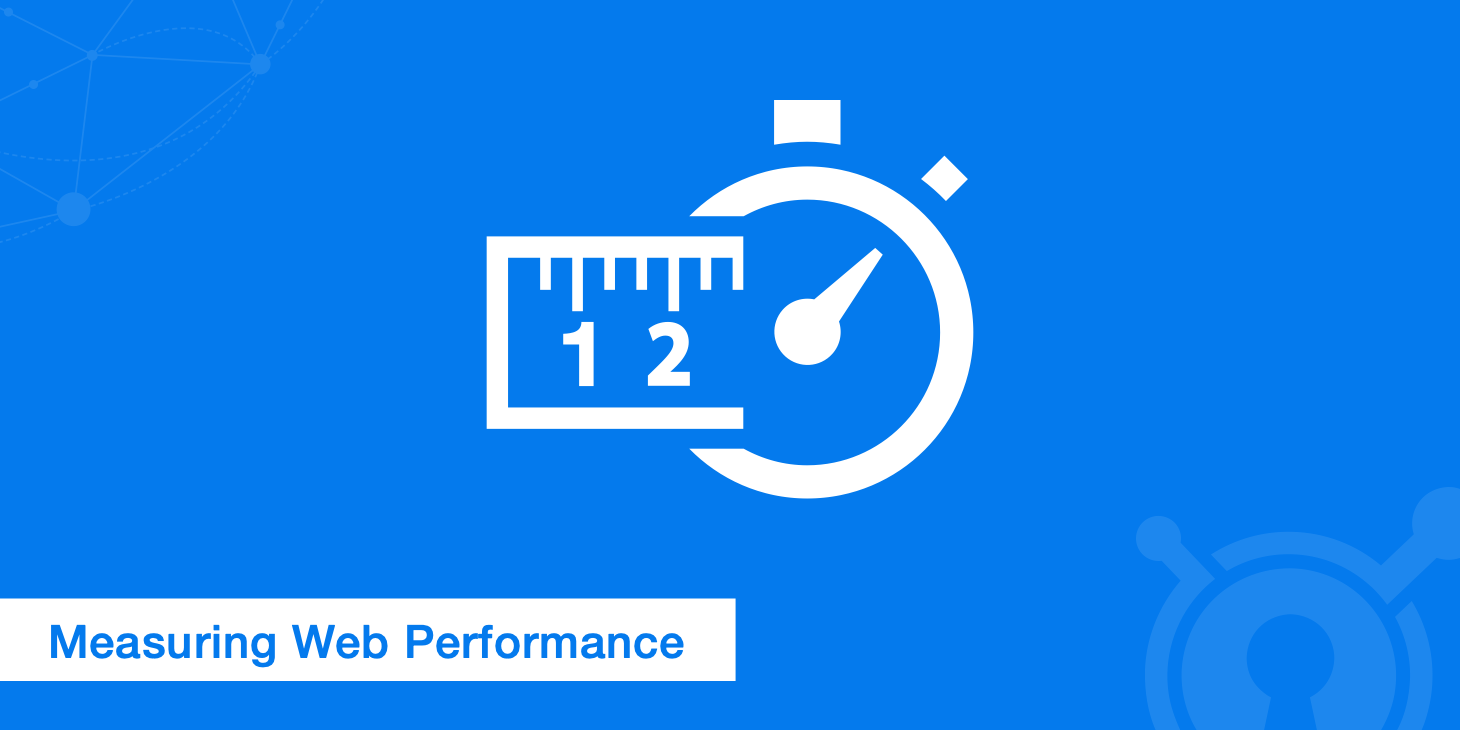Boost Your Website's Speed: Learn How to Optimize Web Performance with Image Compression Techniques
 Wellington Mwadali
Wellington Mwadali
The speed and performance of a website are essential for its success. That means users expect a website to load quickly and function smoothly, if a website is slow it is more likely to have visitors leave even before they see the content while fast-loading websites are more likely to keep visitors browsing and engaged. One factor that impacts a website's performance is the size of the image used on the website. Large images can slow down the website and increase load time, negatively affecting user experience. In this article, we will discuss the importance of image compression for web performance and the various techniques used to optimize web performance using image compression.
Techniques for Optimizing Web Performance Using Image Compression:
- Resize Images: One of the simplest ways to reduce the size of the images is to resize them. By reducing the size of the image, you also reduce the number of pixels in the image, which significantly reduces its file size. This reduction in file size enables smaller image files to have a faster load time hence a better user experience and lower bandwidth costs. However, ensuring that the resized image still looks good is important. Key points to consider to ensure the image maintains quality include:
(a) Maintain the aspect ratio: This means that the image’s height and width should be scaled proportionally to avoid distorting the image.
(b) Use the right dimensions: Choose the right dimension for the resized image based on the purpose and context of the image.
(c) Save the image in the appropriate format: The format in which you set the image affects its quality. Commonly used formats are JPEG and PNG but have different compression algorithms that may influence the quality of the resized image.
By following these guidelines, you can ensure that your resized image still maintains its quality.
- Use Image Compression Tools: These are software applications that reduce the size of digital images by compressing them. Some few examples of image compression tools include :
(a) Adobe Photoshop: Adobe Photoshop is among the most popular editing tools that come with image compression features that are lossless and lossy. Lossless reduces image size without losing any information while lossy reduces the image size by discarding some information that is less noticeable to the human eye.
(b) TinyPNG: TinyPNG is an online compression tool that focuses on compressing PNG files which uses the lossy compression technique. This technique works well with images that have large areas of the same color such as logos.
(c) JPEGmini: JPEGmini is an online compression tool that specializes in compressing JPEG files without compromising the quality of the image, it is commonly used for photographs or images that have a lot of detail.
Optimize Image Formats: Choosing the right format for images can have a significant impact on the performance of a website. For instance, JPEG images are great for photographs, while PNG is better for graphics with transparent backgrounds. By opting for the right format, it can reduce the file size and improve the website load time.
Lazy Loading: Lazy loading is a technique used in web development to defer the loading of non-critical resources such as images, videos, and iframes, that is load the resources only when needed. Lazy loading can be implemented using various plugins and tools, for example in Javascript, libraries such as LazyLoad.js can be used to implement lazy loading. Similarly, in WordPress, plugins such as Lazy Load by WP Rocket and Lazy Load for videos. Lazy Loading can help improve the performance of a website. However, it is also important to note that Lazy Loading can make the user experience worse if it’s not implemented properly. For example, if a user has a slow internet connection, it can result in a long wait time for resources to load.
Examples:
To demonstrate how image compression affects web performance, let’s look at an example. Suppose we have an image that is 1 MB in size. If we use a lossless compression technique to compress the image, we can reduce its size by 50% to 500 KB without compromising its quality, which can in turn improve the website loading speed.
Conclusion:
Image compression is a critical component for optimizing web performance. By reducing the size of images, we can improve the website’s load time, reduce bandwidth usage, improve SEO, and increase user engagement. It is important to choose the right technique based on the type of image and the needs of the website.
References;
Kraken.io - Image Compression and Optimization. https://kraken.io/
ImageKit.io - Image Optimization and Delivery. https://imagekit.io/
Subscribe to my newsletter
Read articles from Wellington Mwadali directly inside your inbox. Subscribe to the newsletter, and don't miss out.
Written by
